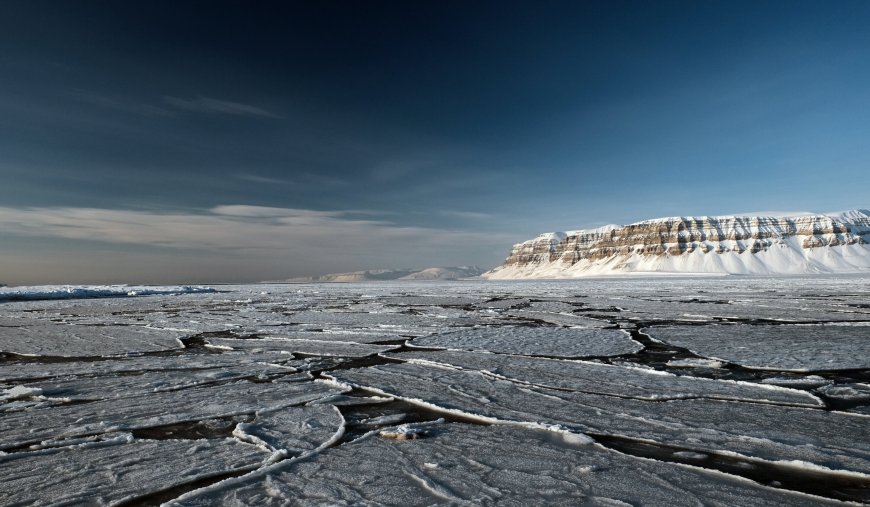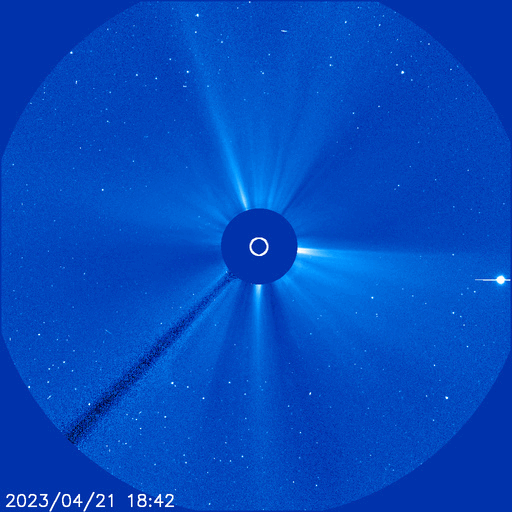Study Links Antarctic Ice Shelf Breaks to Sea Ice Loss
New research tracked sea ice, ocean swell wave conditions before large-scale iceberg calving events in Antarctica. Long periods of sea ice loss and collapse of landfast sea ice were observed. A mathematical model quantified ice shelf flexing due to Southern Ocean swells, suggesting further pressure on weakened ice shelves and implications for global sea levels.

This study, led by the Universities of Melbourne and Adelaide, tracked ice shelf, sea ice, and ocean swell wave conditions before three large-scale iceberg 'calving' events in Antarctica. Published in Nature Geoscience, the research revealed common patterns, including long periods of sea ice loss prior to calving. The collapse of 'landfast' sea ice attached to the ice shelves also occurred weeks before calving events. A novel mathematical model was developed to quantify the ice shelf flexing caused by Southern Ocean swells. Professor Luke Bennetts from the University of Melbourne highlighted the unprecedented rate of sea ice retreat around Antarctica, suggesting increased pressure on thinned and weakened ice shelves. This could lead to more calving events, impacting global sea levels significantly.
The Antarctic Ice Sheet, a thick layer of ice on Antarctica, holds enough fresh water to raise sea levels by over 50 meters. Ice shelves are floating platforms from glaciers flowing off the continent, while sea ice forms when the ocean surface freezes. Sea ice acts as a protective barrier between ice shelves and Southern Ocean swells, preventing damage. Without this barrier, swells can weaken ice shelves until they break. Warming temperatures are causing rapid melting and more frequent iceberg calving from some ice shelves, affecting sea levels indirectly by reducing the ability of ice shelves to resist glacial flow into the ocean.
There is no routine observation system for recording ocean waves in Antarctic sea ice and ice shelves, making mathematical modeling crucial to understand the connection between ocean swells, sea ice conditions, and ice shelf responses. Collaborators in the research included the University of Melbourne, the University of Adelaide, the Australian Bureau of Meteorology, the University of Tasmania, and the Australian Antarctic Division.
According to the source: Phys.org.
What's Your Reaction?
 Like
0
Like
0
 Dislike
0
Dislike
0
 Love
0
Love
0
 Funny
0
Funny
0
 Angry
0
Angry
0
 Sad
0
Sad
0
 Wow
0
Wow
0

























































































































































